Home>Home Appliances>Cleaning Appliances>How To Mop Epoxy Floors
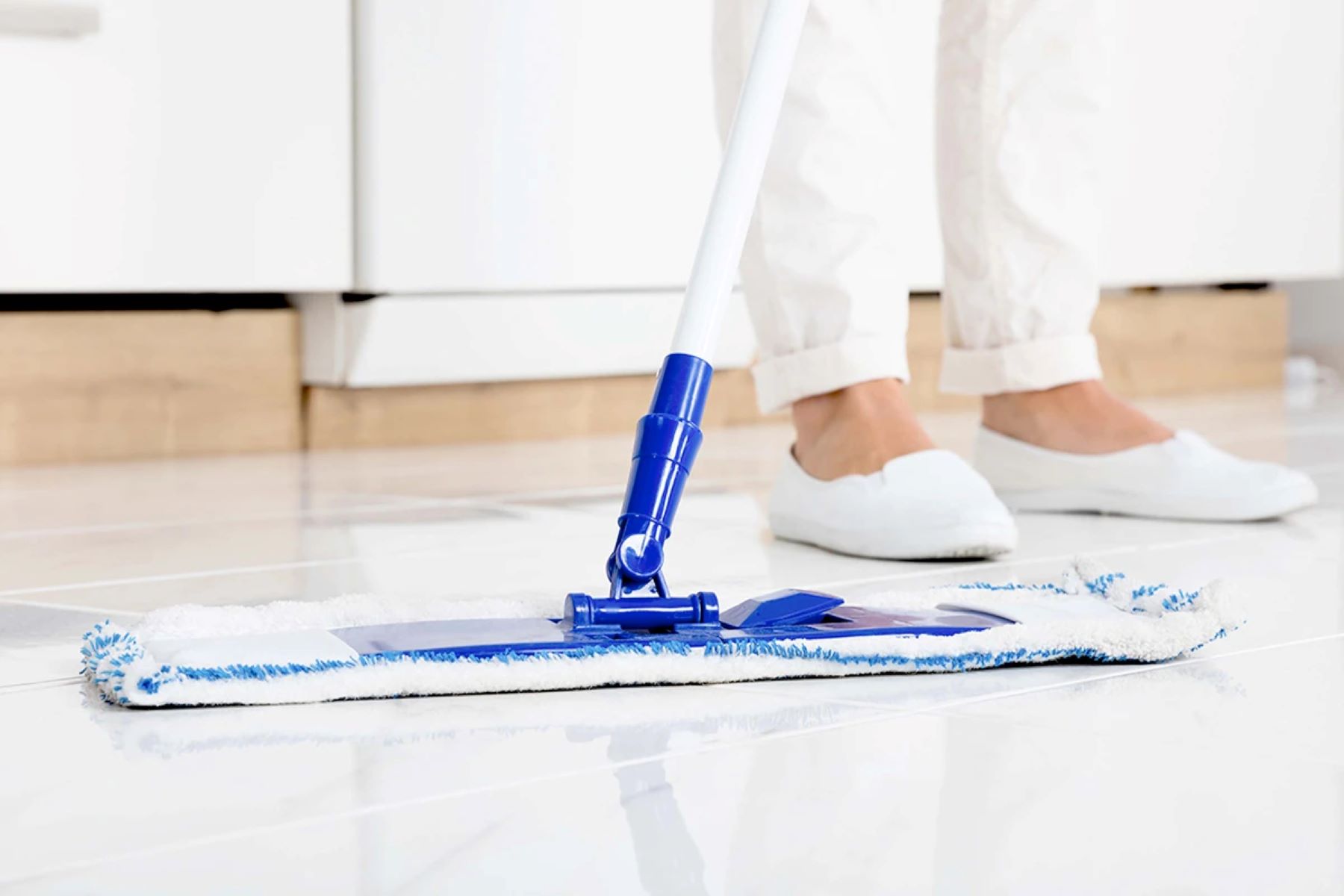

Cleaning Appliances
How To Mop Epoxy Floors
Modified: November 1, 2024
Learn the best methods for cleaning epoxy floors with our expert tips and recommendations for cleaning appliances. Keep your floors spotless and well-maintained.
(Many of the links in this article redirect to a specific reviewed product. Your purchase of these products through affiliate links helps to generate commission for Storables.com, at no extra cost. Learn more)
Introduction
Epoxy floors are a popular choice for both residential and commercial spaces due to their durability, resistance to stains, and attractive finish. To maintain the pristine appearance of epoxy floors, regular cleaning is essential. Proper mopping techniques and the right cleaning solutions can help preserve the luster and extend the lifespan of these floors.
In this comprehensive guide, we will delve into the best practices for effectively mopping epoxy floors. From understanding the unique properties of epoxy to selecting the appropriate cleaning tools and techniques, we will cover everything you need to know to keep your epoxy floors looking flawless.
Whether you are a homeowner with epoxy flooring in your garage or a business owner with epoxy-coated surfaces in your establishment, mastering the art of mopping epoxy floors can elevate the overall aesthetic and longevity of these resilient surfaces. Let's embark on this enlightening journey to discover the secrets of maintaining spotless and gleaming epoxy floors.
Key Takeaways:
- Preserve the beauty of epoxy floors by using gentle, pH-neutral cleaners and non-abrasive tools. Regular maintenance and proactive measures can uphold the floor’s allure and structural integrity for years to come.
- Mop epoxy floors with care, using a soft, non-abrasive mop and a pH-neutral cleaning solution. Systematic cleaning and proactive maintenance can ensure a flawless and enduring finish.
Read more: How To Epoxy A Floor
Understanding Epoxy Floors
Epoxy floors are a type of resinous flooring renowned for their exceptional strength and chemical resistance. Composed of multiple layers of epoxy resin that are applied to a concrete substrate, epoxy floors create a seamless, high-gloss surface that not only enhances the aesthetics of the space but also provides unparalleled durability.
One of the key characteristics of epoxy floors is their impermeability, which makes them highly resistant to stains, impacts, and harsh chemicals. This makes them an ideal choice for a wide range of settings, including garage floors, industrial facilities, commercial kitchens, and even residential spaces.
Moreover, epoxy floors are available in various formulations, including solvent-based, water-based, and 100% solids epoxy. Each type offers distinct advantages, such as faster curing times, low VOC emissions, and enhanced durability, allowing individuals to select the most suitable option based on their specific requirements.
Understanding the unique properties of epoxy floors is crucial for implementing effective cleaning and maintenance practices. Given their non-porous nature, epoxy floors are relatively easy to clean, but it is essential to use the correct cleaning methods and products to avoid damaging the surface or compromising its integrity.
Proper maintenance not only preserves the visual appeal of epoxy floors but also safeguards their structural integrity, ensuring that they continue to serve their purpose for years to come. With a solid understanding of the composition and characteristics of epoxy floors, we can now proceed to the next crucial step: preparing the floor for the mopping process.
Preparing the Floor
Before embarking on the mopping process, it is imperative to prepare the epoxy floor adequately. This preparatory phase sets the stage for effective cleaning and ensures optimal results.
Clearing the Surface: Begin by removing any loose debris, such as dirt, dust, or small particles, from the floor. A soft-bristled broom or a vacuum with a brush attachment can be used to eliminate surface debris without causing any damage to the epoxy coating.
Addressing Spills and Stains: For spills or stubborn stains, it is advisable to address them promptly using a gentle cleaning solution and a soft cloth. Avoid using abrasive tools or harsh chemicals, as these can compromise the integrity of the epoxy surface. Instead, opt for a mild, pH-neutral cleaner to tackle localized stains effectively.
Inspecting for Damage: Take this opportunity to inspect the floor for any signs of damage, such as chipping, cracking, or areas where the epoxy coating has worn thin. Identifying such issues early on allows for timely repairs, preventing further deterioration and preserving the overall quality of the floor.
Allowing Sufficient Drying Time: If any areas of the floor have been spot-cleaned or dampened during the inspection process, ensure that they are completely dry before proceeding with the mopping. Moisture on the surface can hinder the efficacy of the cleaning process and may lead to streaking or uneven results.
By meticulously preparing the epoxy floor, we create a clean and conducive environment for the subsequent mopping procedure. This attention to detail sets the stage for a thorough and successful cleaning process, ensuring that the floor maintains its pristine appearance and structural integrity.
Choosing the Right Mop and Cleaning Solution
When it comes to mopping epoxy floors, selecting the appropriate mop and cleaning solution is paramount to achieving optimal results without causing any damage to the surface. Let’s explore the key considerations for choosing the right tools and cleaning agents for this task.
Mop Selection: Opt for a soft, non-abrasive mop that is gentle on the epoxy surface. Microfiber mops are an excellent choice, as they effectively trap dirt and debris without leaving behind lint or streaks. Additionally, microfiber mops are highly absorbent, making them ideal for efficiently removing moisture and cleaning solutions from the floor.
Consider a Flat Mop Design: Flat mops, characterized by their rectangular, low-profile design, are well-suited for cleaning large surface areas with minimal effort. Their maneuverability and ability to reach under furniture and into tight spaces make them a practical choice for maintaining epoxy floors in both residential and commercial settings.
Cleaning Solution: When selecting a cleaning solution for mopping epoxy floors, opt for a pH-neutral, non-abrasive cleaner that is specifically formulated for use on epoxy surfaces. Avoid harsh chemicals, ammonia-based products, or abrasive cleaners, as these can compromise the integrity of the epoxy and diminish its glossy finish over time.
Dilution and Application: Follow the manufacturer’s recommendations for diluting the cleaning solution with water. Applying the solution sparingly and evenly across the floor prevents excessive moisture buildup and ensures thorough cleaning without leaving behind residue or streaks.
Test in a Small Area: Prior to mopping the entire floor, perform a patch test in an inconspicuous area to ensure that the cleaning solution is compatible with the epoxy surface and does not cause any adverse reactions or discoloration.
By carefully considering the characteristics of the mop and cleaning solution, we can effectively safeguard the integrity of the epoxy floor while achieving a pristine, streak-free finish. With the right tools and products at our disposal, we are now prepared to delve into the mopping process itself.
Use a soft-bristle broom or vacuum to remove loose dirt and debris before mopping. Mix a mild detergent with warm water and mop the floor in small sections, rinsing the mop frequently. Avoid using harsh chemicals or abrasive scrubbers to prevent damage to the epoxy surface.
Mopping the Epoxy Floor
Now that the floor is prepared and the appropriate mop and cleaning solution have been selected, it’s time to embark on the mopping process. This crucial step involves a systematic approach to ensure thorough cleaning while preserving the integrity of the epoxy surface.
Begin with a Dry Pass: Before applying the cleaning solution, perform a dry pass with the mop to pick up any lingering dust or debris. This initial step prevents loose particles from being redistributed during the mopping process, promoting a more effective and uniform cleaning outcome.
Evenly Apply the Cleaning Solution: Using a spray bottle or a designated cleaning solution applicator, evenly distribute the diluted cleaning solution across the floor. Avoid saturating the surface, as excessive moisture can lead to streaking and prolonged drying times.
Mop in Sections: Divide the floor into manageable sections and systematically mop one section at a time. Utilize smooth, overlapping strokes to ensure comprehensive coverage and to prevent missing any areas. Be mindful of any obstacles or furniture, and maneuver the mop around these obstacles with care.
Address Stubborn Stains: For persistent stains or localized grime, apply gentle pressure with the mop or use a soft-bristled brush specifically designed for use on epoxy floors. Avoid using excessive force or abrasive tools that could scratch or damage the surface.
Allow Sufficient Drying Time: Once the mopping process is complete, allow the floor to air dry or use a clean, dry microfiber mop to remove any residual moisture. Adequate drying time is essential to prevent water spots and ensure a flawless finish.
Inspect for Uniformity: After the floor has dried, inspect the entire surface for any streaks, residue, or areas that may require additional attention. Touch up any missed spots or address any remaining stains using the appropriate cleaning techniques.
By meticulously executing the mopping process, we can effectively eliminate dirt, grime, and stains while preserving the pristine appearance and structural integrity of the epoxy floor. With the floor now sparkling clean, it’s crucial to implement ongoing maintenance practices to uphold its flawless condition.
Read more: What Is An Epoxy Floor
Maintaining the Epoxy Floor
Preserving the beauty and resilience of epoxy floors requires consistent maintenance to safeguard their longevity and pristine appearance. By implementing proactive measures and adhering to a regular maintenance routine, you can ensure that your epoxy floor continues to exude its lustrous appeal for years to come.
Schedule Routine Cleaning: Establish a regular cleaning schedule to prevent the accumulation of dirt, debris, and spills on the epoxy floor. Consistent maintenance not only upholds the visual allure of the floor but also minimizes the need for intensive cleaning sessions in the future.
Use Gentle Cleaning Techniques: When addressing spills or performing routine cleaning, opt for non-abrasive cleaning tools and mild, pH-neutral cleaning solutions. Harsh chemicals and abrasive materials can compromise the glossy finish of the epoxy floor, leading to diminished aesthetics over time.
Protect the Floor from Impact: Place protective mats or pads under heavy furniture, equipment, or vehicles to prevent scratches, dents, or abrasions on the epoxy surface. This simple precaution can significantly extend the lifespan of the floor and maintain its flawless appearance.
Regularly Inspect and Address Damage: Routinely inspect the epoxy floor for any signs of wear, such as chipping, cracking, or areas where the epoxy coating has worn thin. Promptly address any damage to prevent it from escalating and compromising the overall integrity of the floor.
Reapply Sealant as Needed: Depending on the level of foot traffic and the specific requirements of the epoxy coating, periodic reapplication of sealant may be necessary to fortify the protective layer and sustain the floor’s resistance to stains and abrasion.
Engage in Preventive Measures: Encourage the use of walk-off mats at entry points to minimize the tracking of dirt and moisture onto the epoxy floor. Additionally, promptly address spills and stains to prevent them from permeating the surface and becoming more challenging to remove over time.
By incorporating these maintenance practices into your routine, you can uphold the impeccable appearance and structural integrity of your epoxy floor, ensuring that it remains a standout feature of your space. With a proactive approach to maintenance, you can revel in the enduring allure of your epoxy floor while maximizing its longevity.
Conclusion
Mastering the art of mopping epoxy floors is a transformative journey that empowers individuals to preserve the beauty and resilience of these exceptional surfaces. By understanding the unique properties of epoxy floors and implementing the best practices for cleaning and maintenance, you can elevate the aesthetic appeal and longevity of these remarkable floorings.
From the meticulous preparation of the floor to the strategic selection of mops and cleaning solutions, each step in the mopping process plays a pivotal role in ensuring a flawless and enduring finish. By embracing a systematic approach and exercising care and diligence, you can effectively eliminate dirt, grime, and stains while safeguarding the integrity of the epoxy surface.
Furthermore, consistent maintenance practices, such as routine cleaning, gentle cleaning techniques, and proactive measures, serve as the cornerstone of preserving the pristine condition of epoxy floors. By incorporating these practices into your regular maintenance routine, you can uphold the allure and structural integrity of your epoxy floor for years to come.
As you embark on your journey to maintain and enhance the beauty of your epoxy floor, remember that each meticulous step contributes to the overall longevity and visual appeal of this exceptional surface. With the knowledge and insights gained from this comprehensive guide, you are well-equipped to embark on this transformative endeavor and revel in the enduring allure of your immaculate epoxy floor.
Embrace the art of mopping epoxy floors, and let the timeless elegance and resilience of these surfaces shine through, enriching your living or working environment with their enduring charm and durability.
Frequently Asked Questions about How To Mop Epoxy Floors
Was this page helpful?
At Storables.com, we guarantee accurate and reliable information. Our content, validated by Expert Board Contributors, is crafted following stringent Editorial Policies. We're committed to providing you with well-researched, expert-backed insights for all your informational needs.
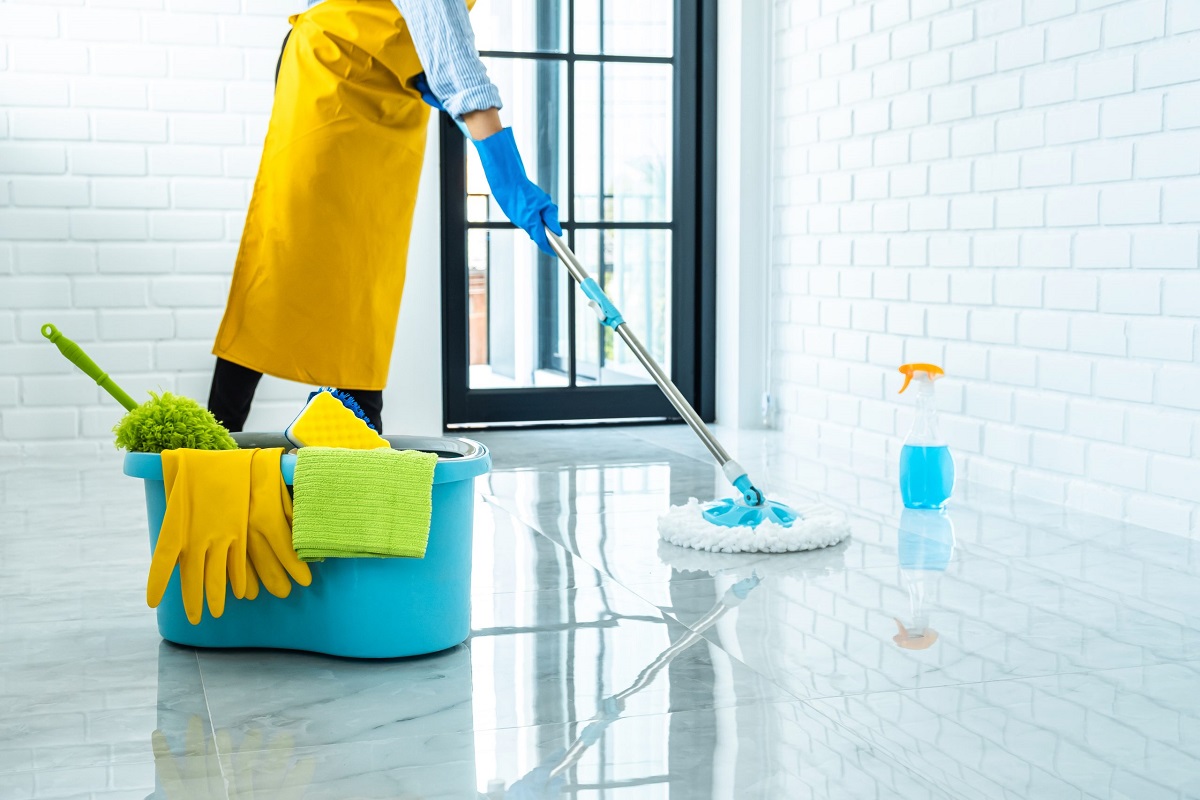
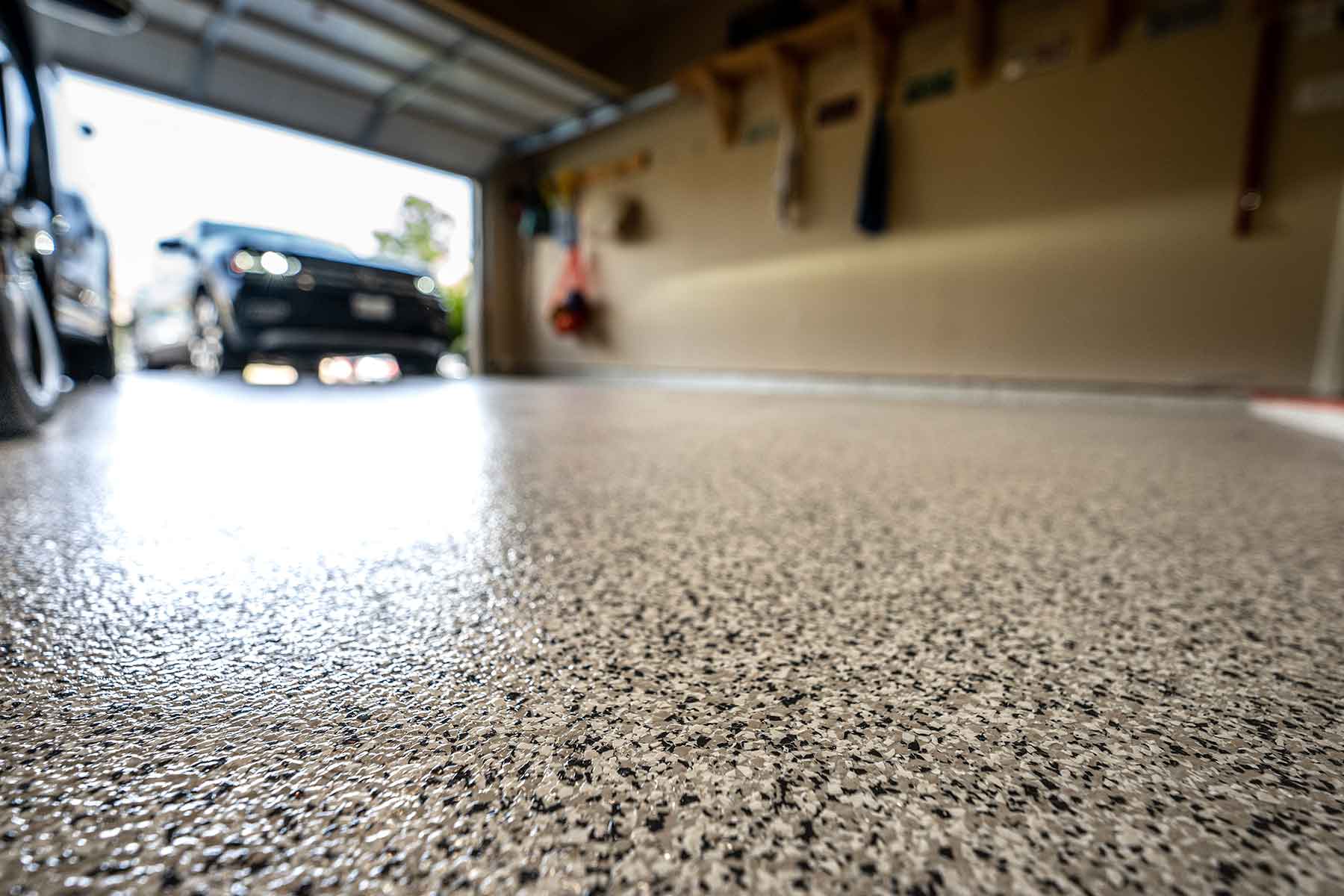

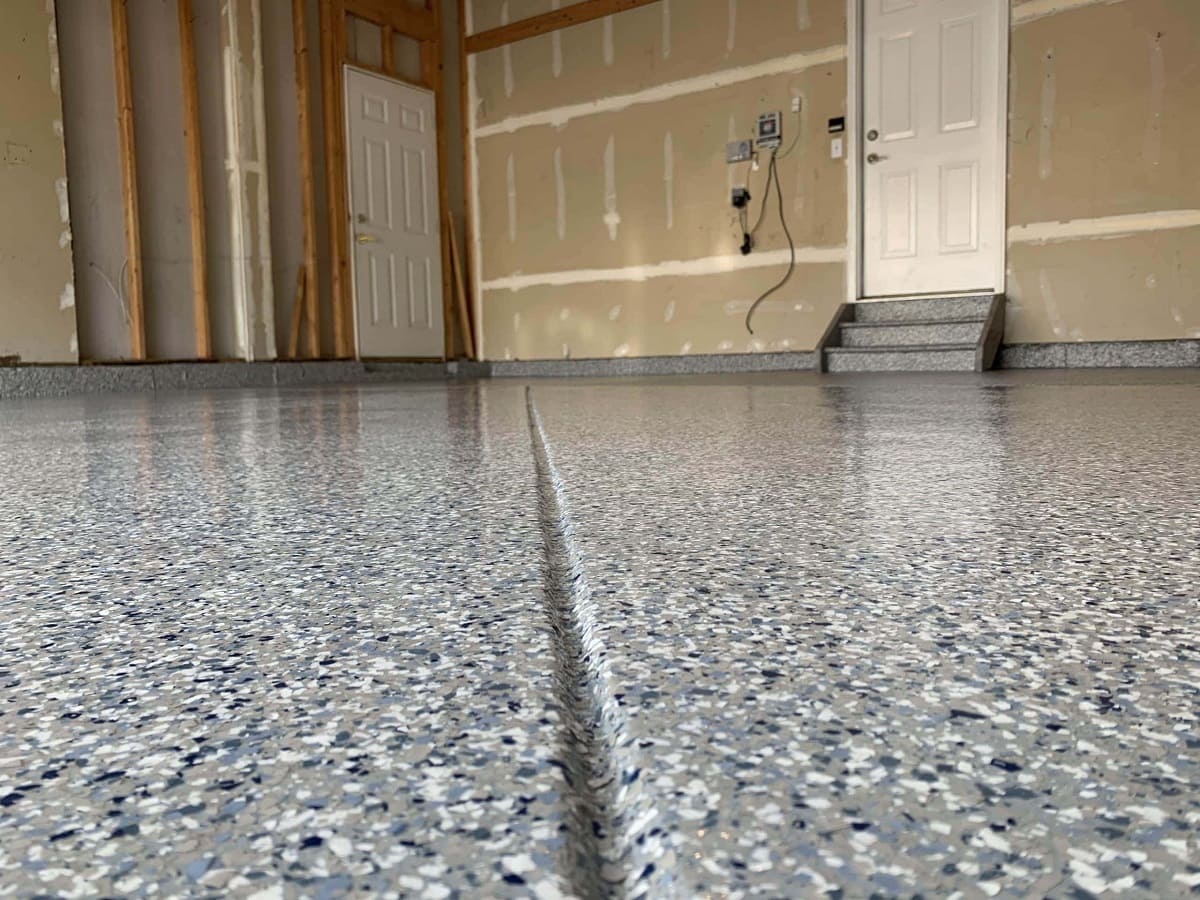
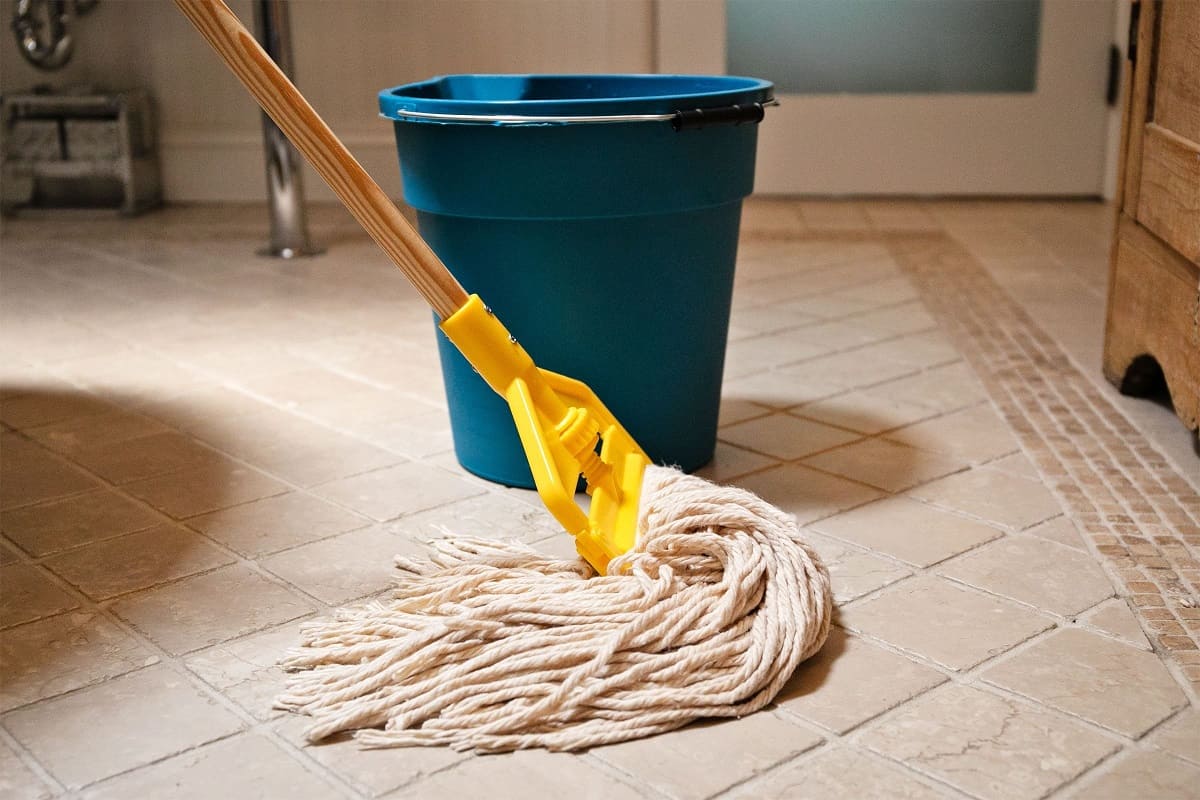
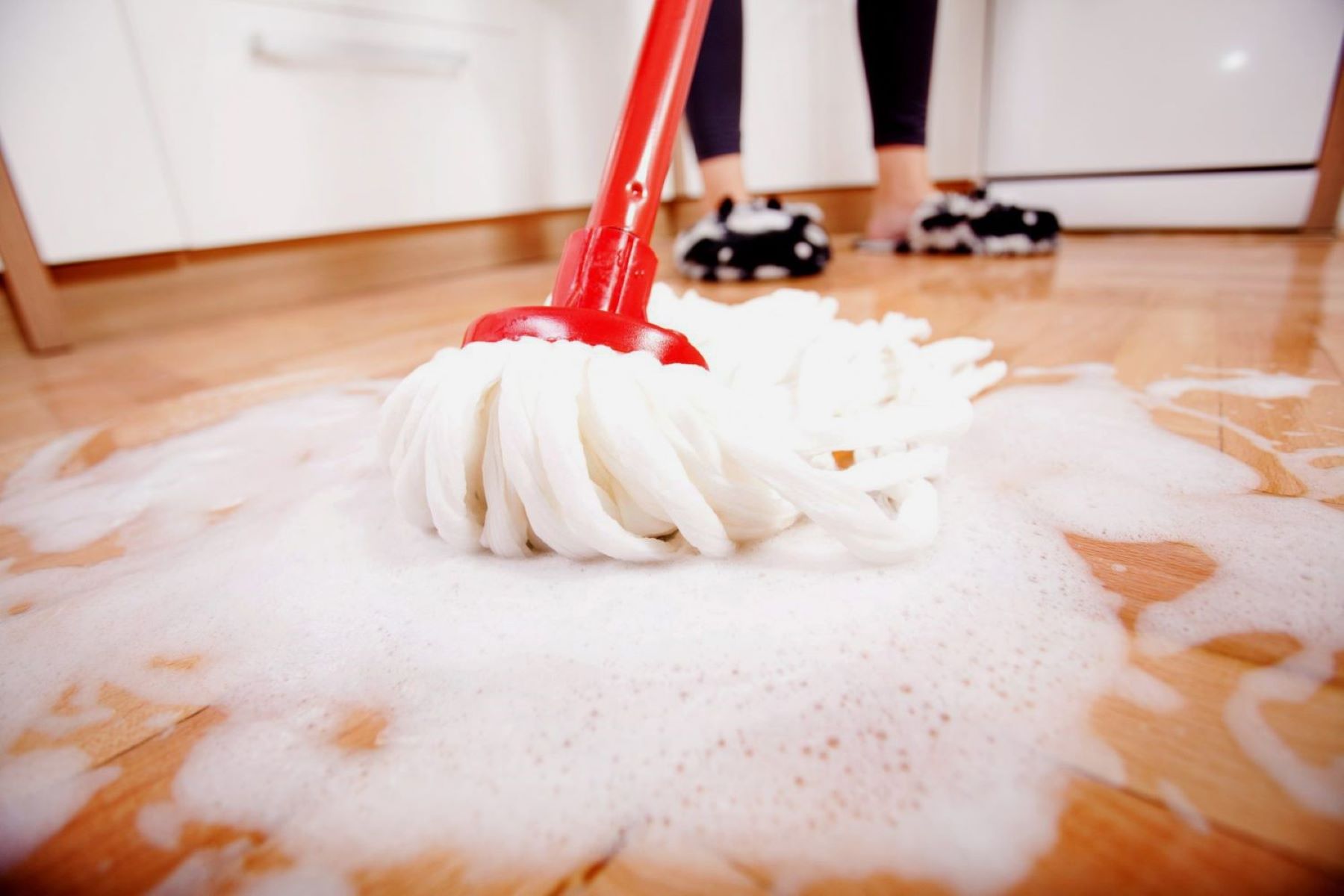
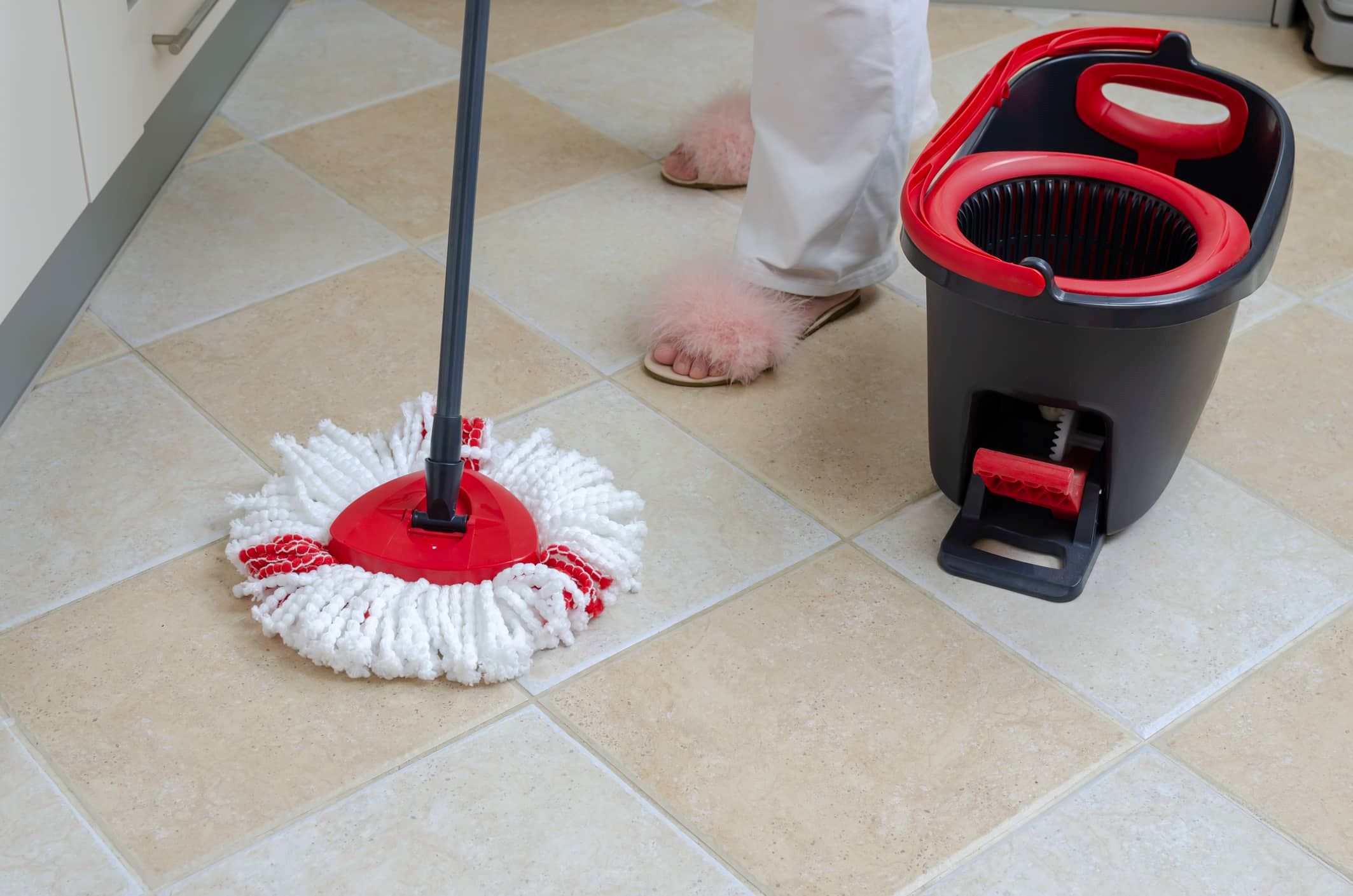
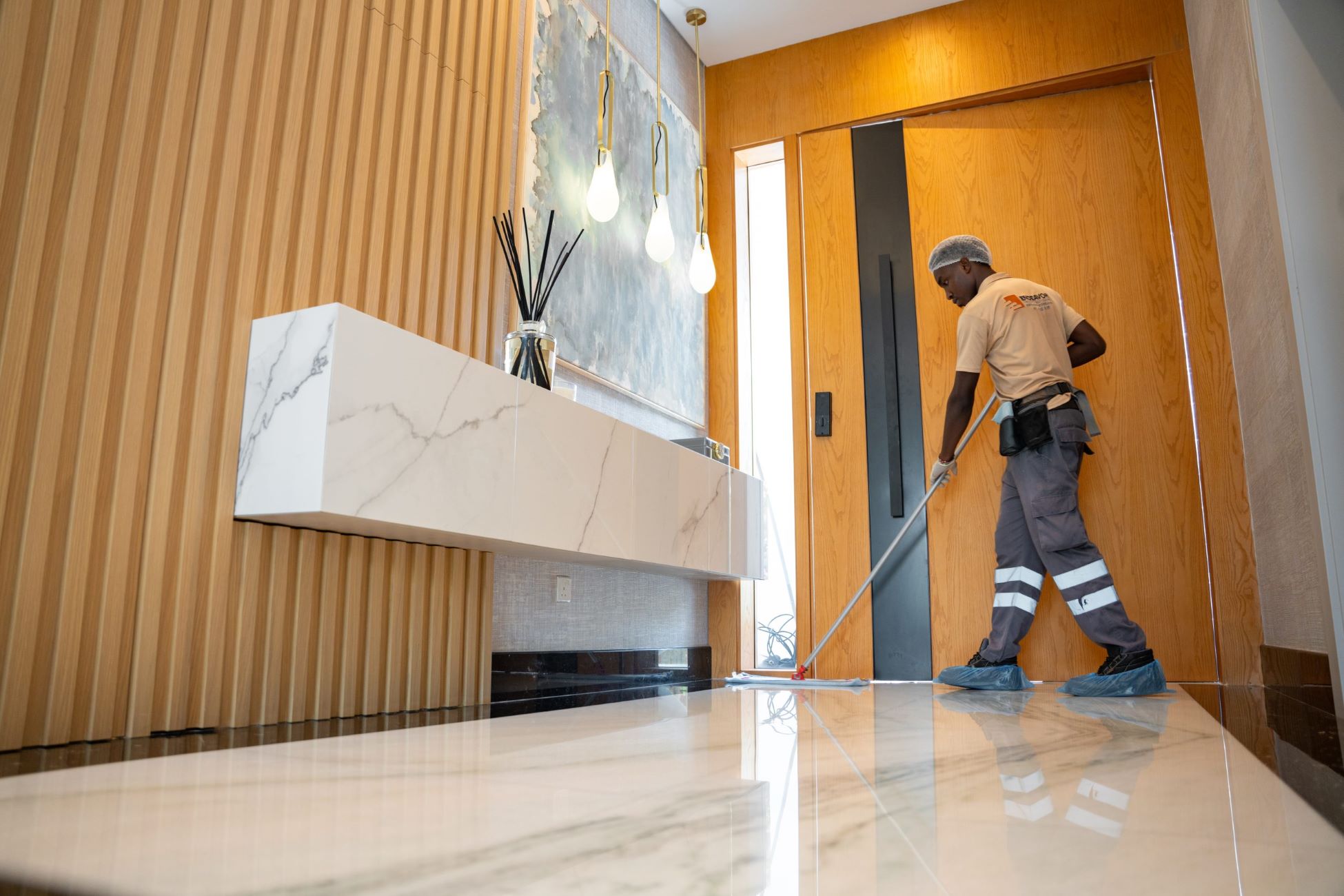
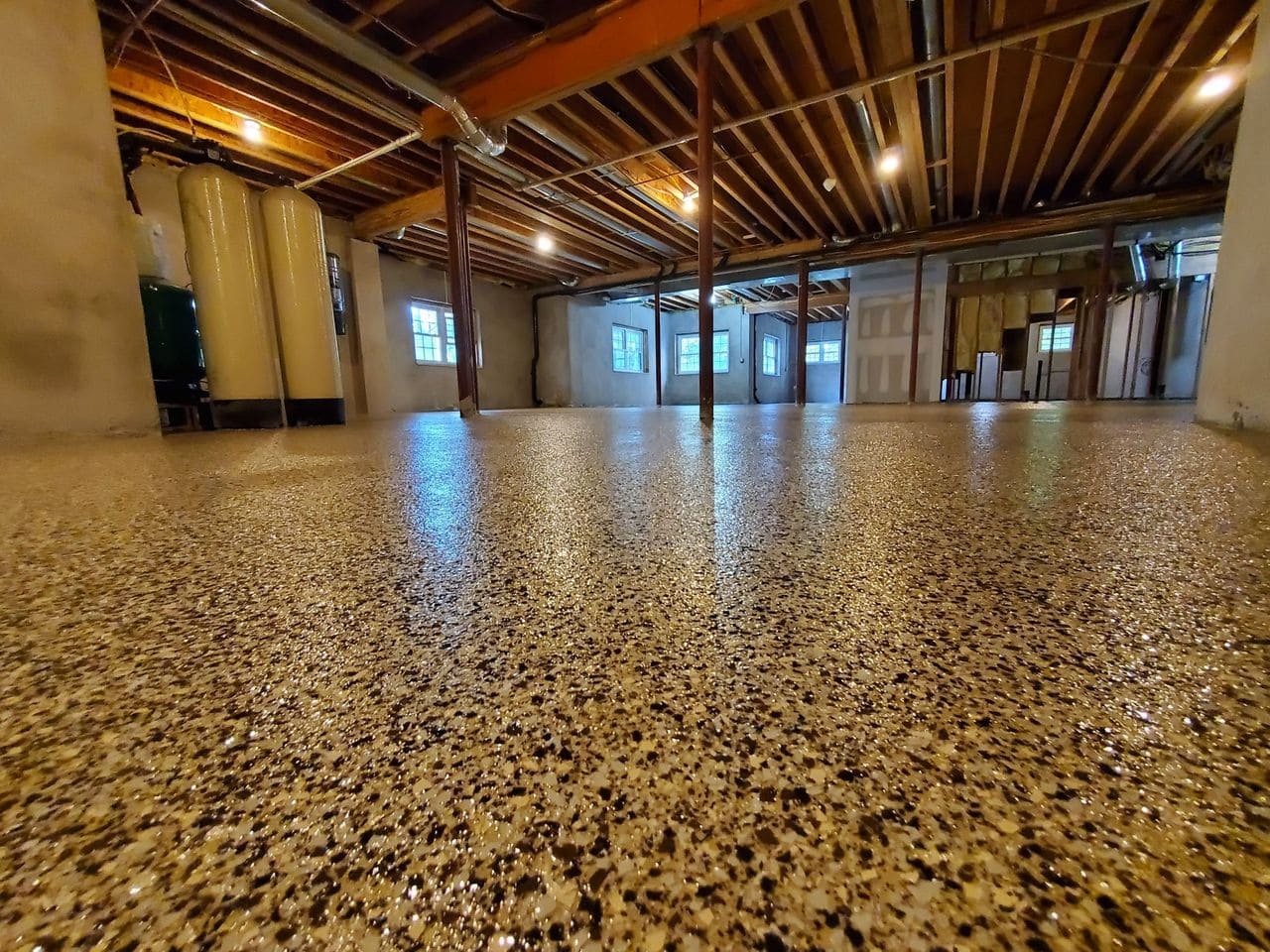
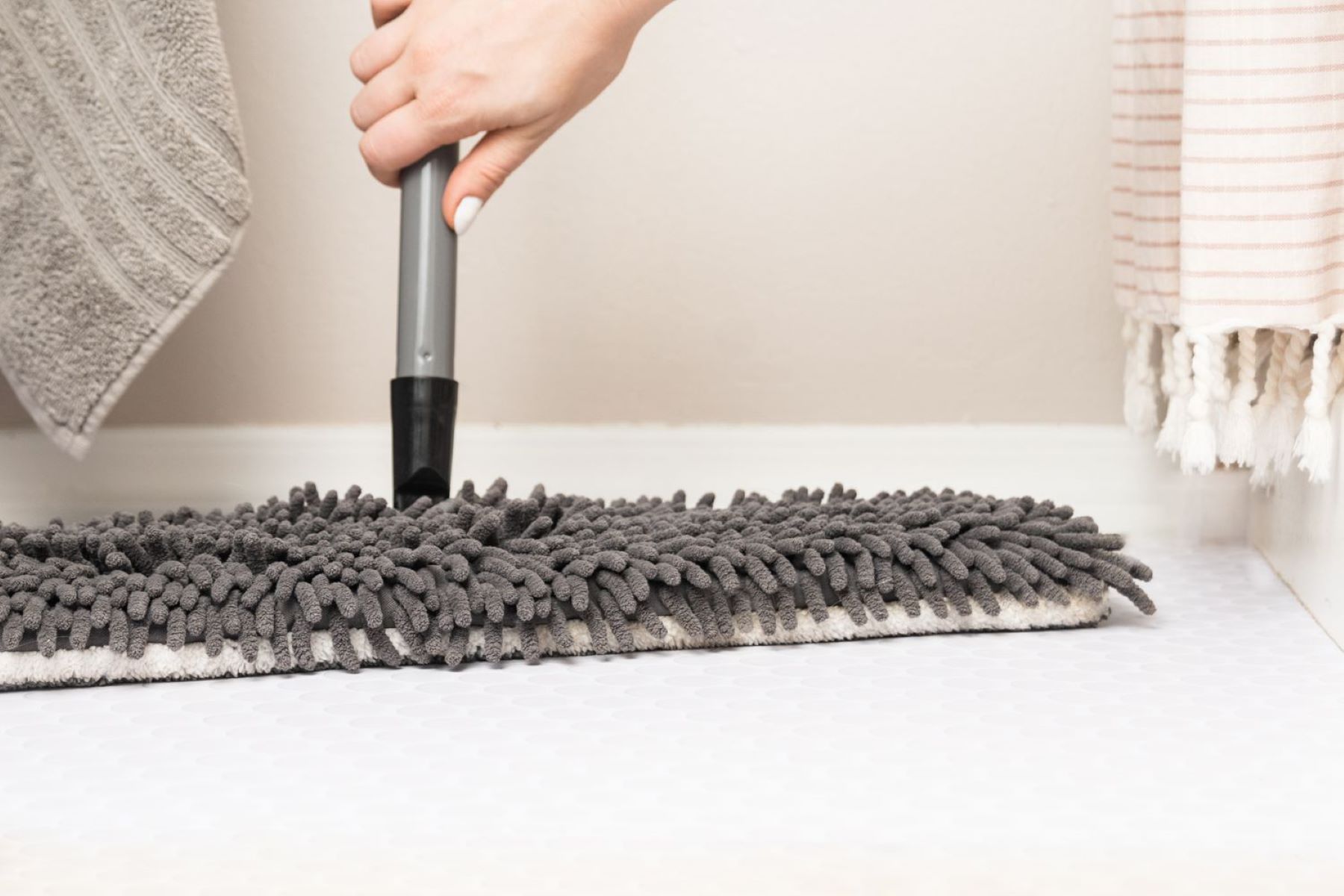
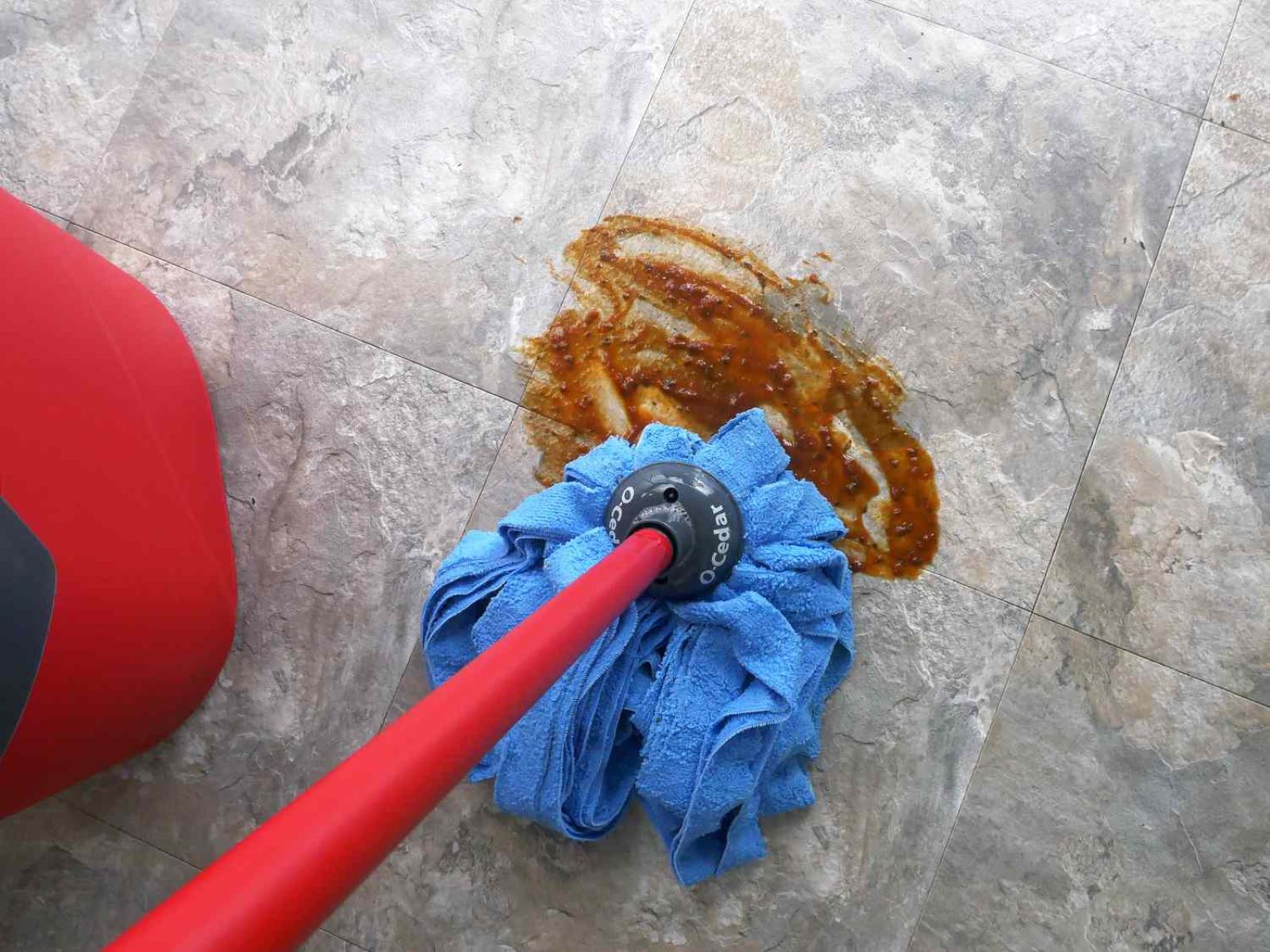
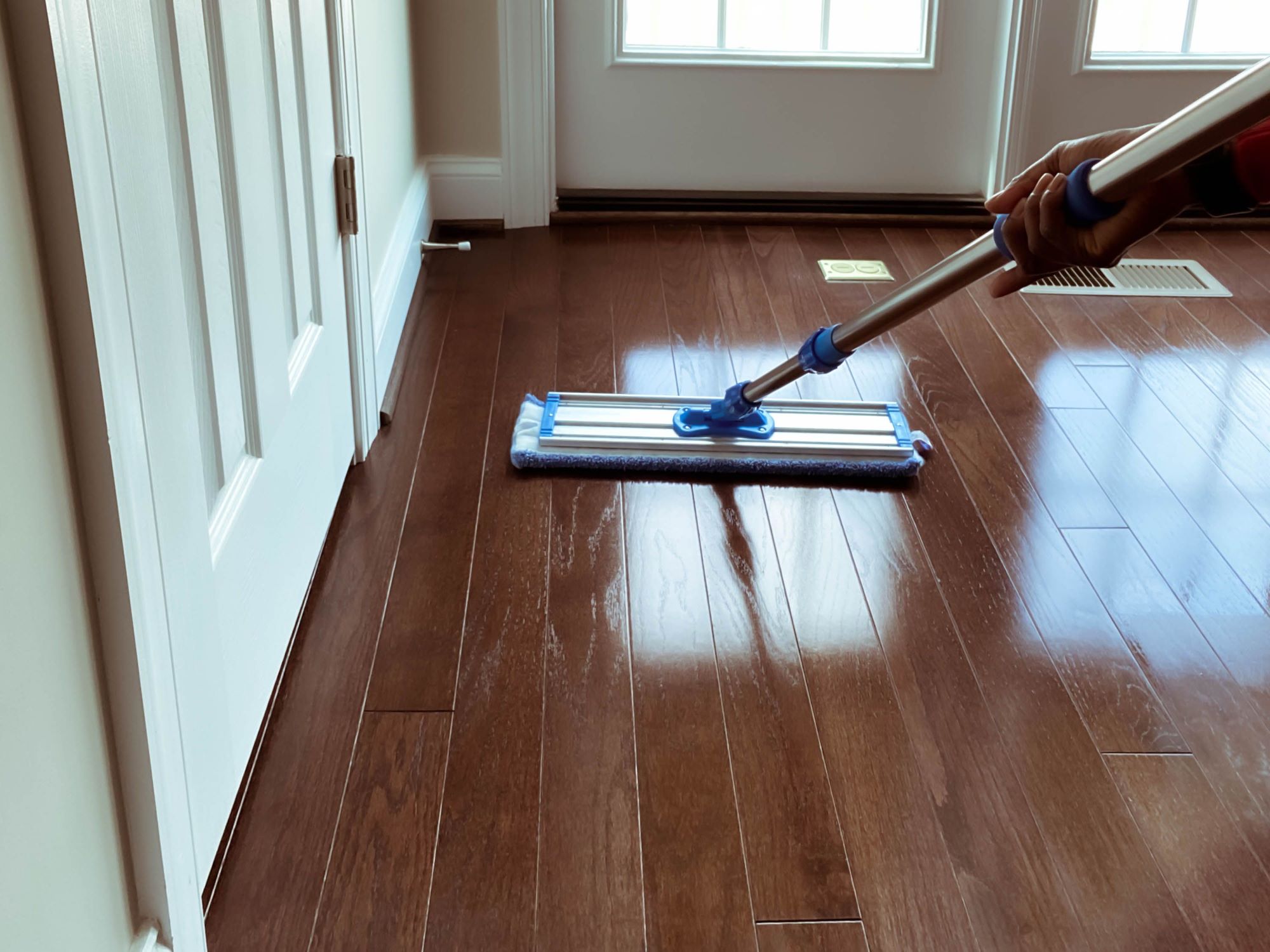
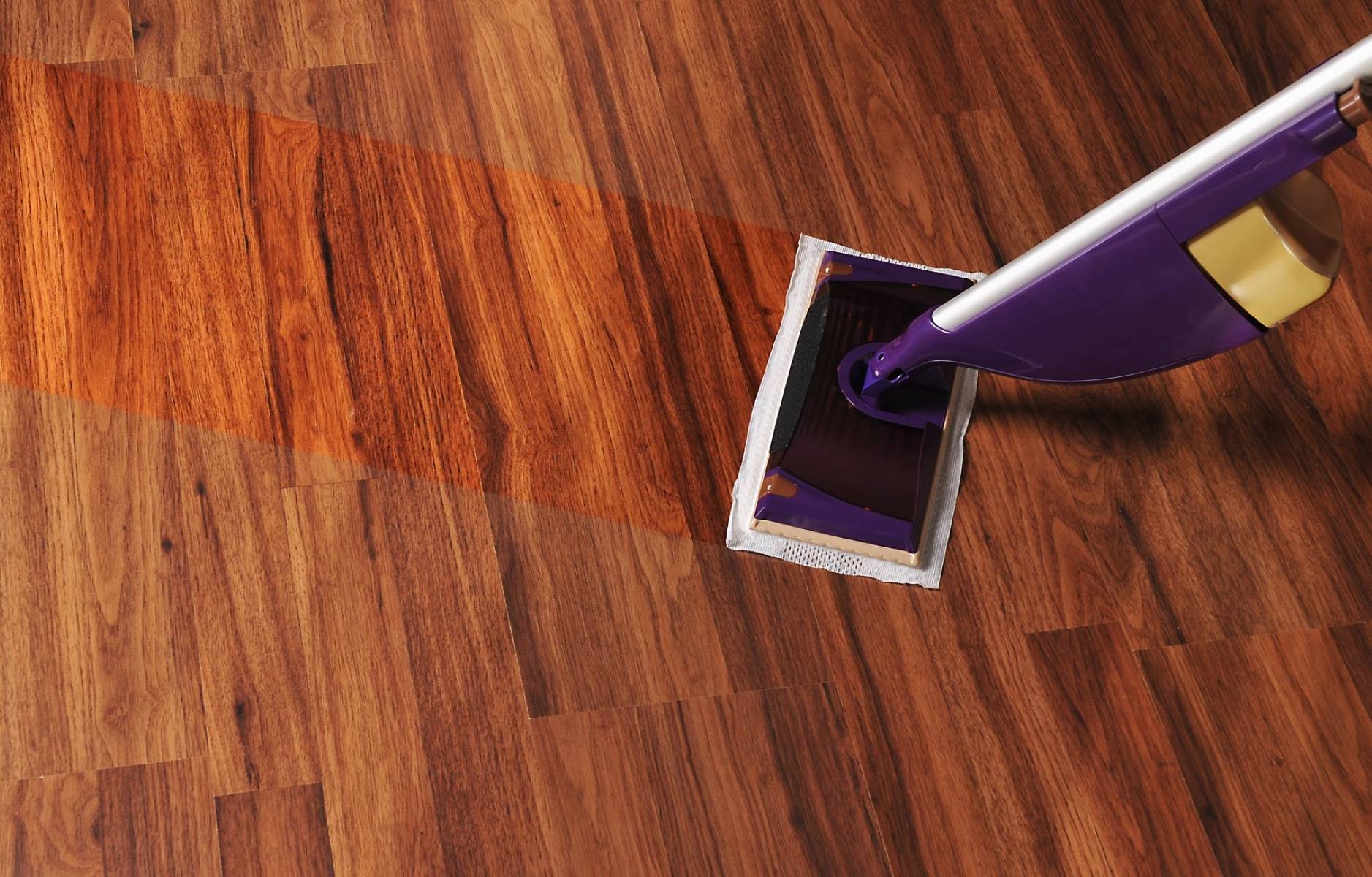
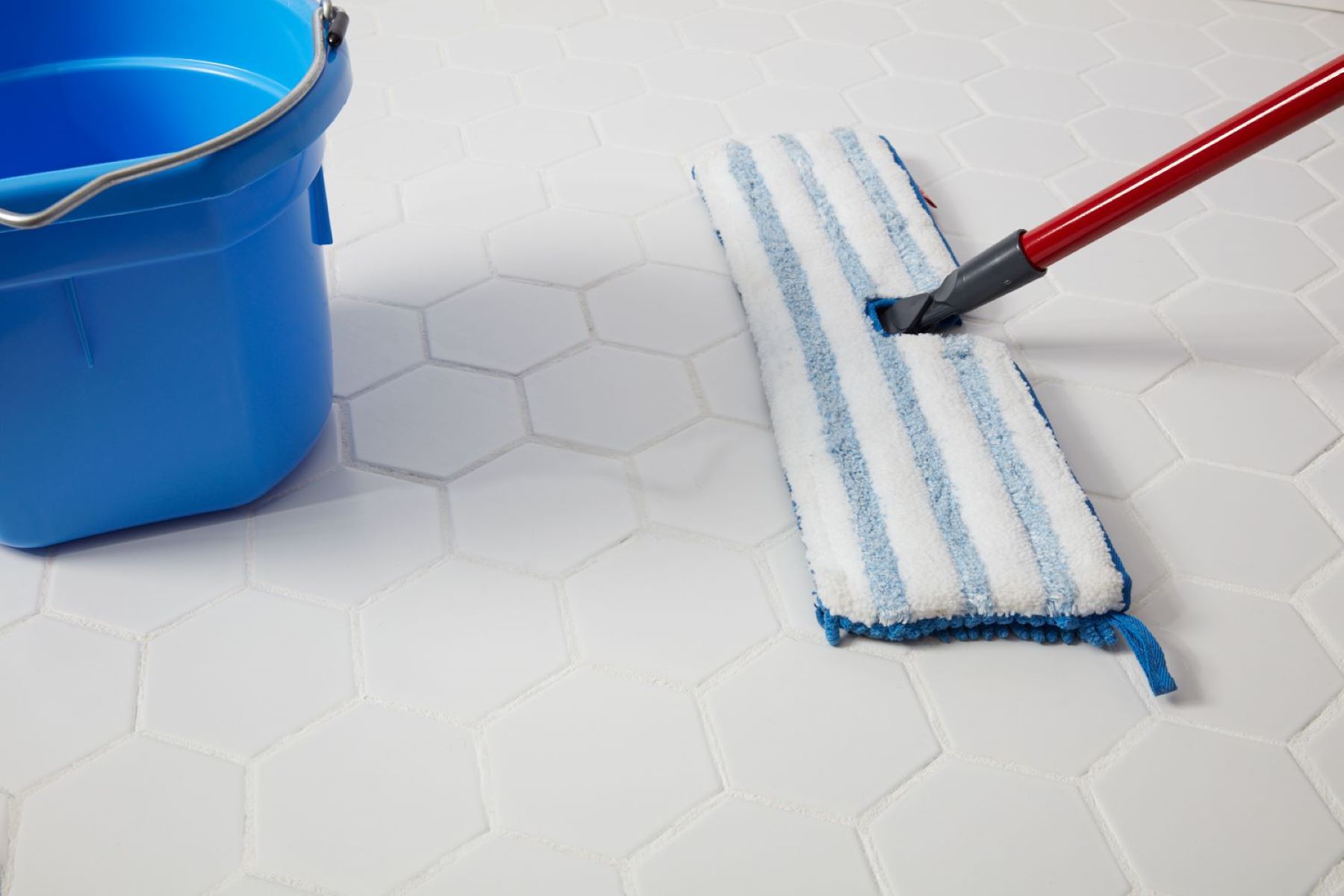

0 thoughts on “How To Mop Epoxy Floors”